Evolution of Water Quality Sensors
With the growing awareness of the importance of water quality monitoring, it is only natural that technology evolves too. Let’s turn back time to humble beginnings as we discuss the foundation of YSI sensors: temperature and dissolved oxygen (DO).
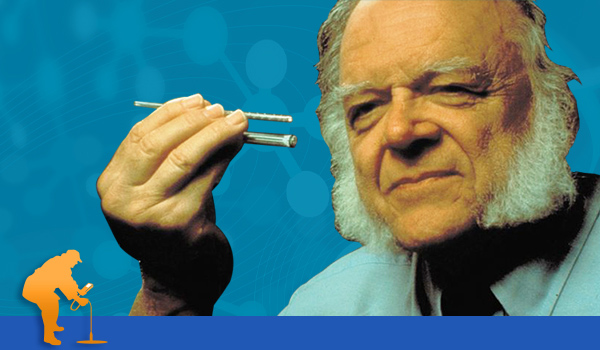
The first break-through technology for YSI was the development of high-accuracy thermistors and the ability to reproduce on a production scale. This was key to developing water quality sensors since an accurate temperature measurement is required for all other parameters.
Measuring and incorporating temperature is important due to its effect on water’s physical and chemical characteristics as well as its effect on the measurement characteristics of a sensor. For example, temperature affects water’s ability to dissolve oxygen and instrumentation needs to compensate for this. Additionally, the temperature of the sample can affect sensor electronics, measurement response time, and permeability of membrane-covered DO, for example.
In 1956, Dr. Leland Clark and scientists at YSI developed the Clark Polarographic Electrode, a dissolved oxygen sensor that made open-heart surgery possible by allowing technicians in the operating room to measure blood oxygen levels in real-time. Essentially, it allowed doctors to make real-time decisions based on real-time data — a theme that is still our mantra today. By 1962, YSI incorporated the Clark Electrode into the world’s first commercialized, practical dissolved oxygen (DO) meter.
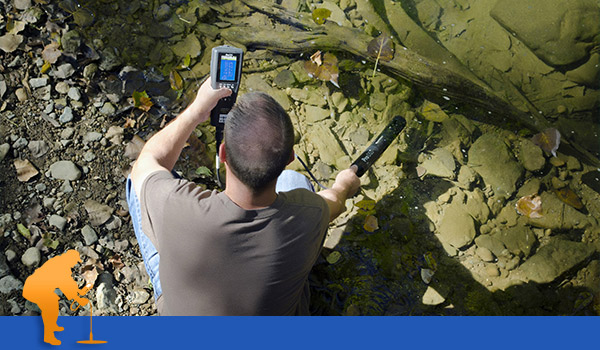
Evolution of the Dissolved Oxygen Sensor
The value of this medical technology for measuring DO in other systems — such as water — was quickly evident, and YSI expanded into the environmental realm. Decades of refining laboratory instruments led us to design instruments for in-situ measurements: gathering data on-site rather than requiring people to bring samples back to the lab for analysis.
In 1993, YSI pioneered continuous, unattended DO measurement with the industry’s first stirring independent dissolved oxygen sensor, the Rapid Pulse DO sensor, on our multiparameter 6-series sondes. This allowed for continuous, unattended data collection of dissolved oxygen measurements without the risk of collecting artificially low and inaccurate DO data due to inadequate flow.
Innovation continued when YSI replaced polytetrafluoroethylene membranes in the Clark Electrode with polyethylene in 2002, reducing the sensor’s dependence on stirring and improving its response time. This made it easier than ever to get accurate dissolved oxygen measurements. (Learn more, Dissolved Oxygen Meters - Which Membrane Type Should I Use?).
Seeing the Benefits of Optical Water Quality Sensors
Progress continued in 2006. That year, YSI’s first optical-based DO sensor, the ROX, was released for use on 6-Series sondes. That was quickly followed by incorporating optical-based technology into the ProODO (and now the ProSolo), a portable DO handheld. Our customers quickly realized the benefits of this new sensor technology.
With optical-based sensors, no stirring is required for accurate measurements, ensuring consistent and easy data collection. Maintenance requirements went down, accuracy increased and calibrations held longer, resulting in an increased deployment time of unattended sondes. Now, instead of changing a membrane once per month and keeping electrodes polished, all that is required to maintain an optical DO sensor is changing the cap once every 12 to 18 months. This allowed for accurate data collection over long periods of time.
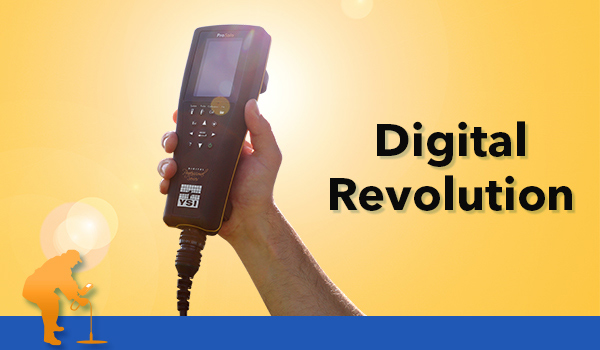
The Digital Revolution
Early analog instrumentation measured tiny shifts in voltage or current through sensitive needles, displaying data on a scale arching across a meter. This view of live data is akin to the analog speedometers present in most cars; an electrical signal is sent from the sensing technology to the display, where it is then translated into a reading.
By the very nature of analog signals, there were a number of reasons engineers pressed forward to develop a more robust foundation for monitoring equipment, the chief of which was data quality.
Analog instruments are known for lower resolution and noisy data. Shifting to a digital output meant moving the smarts of a monitoring platform from the handheld to the sensors. With their own microprocessor and on-board memory, “smart sensors” were born. These self-contained devices could take a measurement and communicate it directly to a display. In comparison to analog devices, going digital removed any potential interferences with electrical noise, wet or dirty sensor connections, and signal degradation over longer cables.
Those advantages aside, transitioning to digital sensors had many other benefits including the ability to integrate onboard diagnostics and quality checks on each device, giving users confidence in the
data collected.
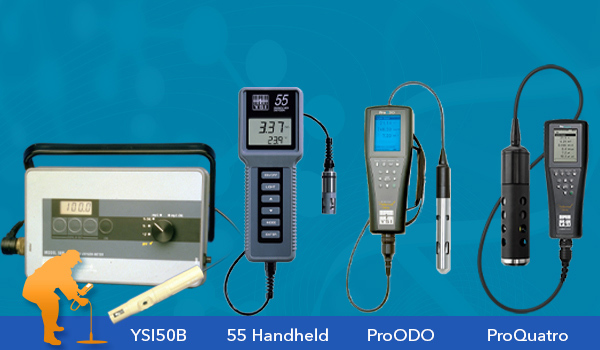
Handheld Sensors
In-situ monitoring began with handheld water quality instruments — admittedly, instruments so bulky and heavy they required at least a couple of hands to hold. For example, some of you may remember the 3500 and 3800 instruments in the early 1990s were 15 to 20 pounds of cast aluminum, heavy cables, electronics, dials, and LCD displays. Field technicians were limited to a few samples a day for pH, conductivity, and DO.
Today, handhelds remain a mainstay of water quality monitoring fieldwork, allowing people to gather lab-quality measurements in the field. They have made water quality testing more efficient and more timely, and can capture measurements of parameters that may volatilize before they reach the laboratory.
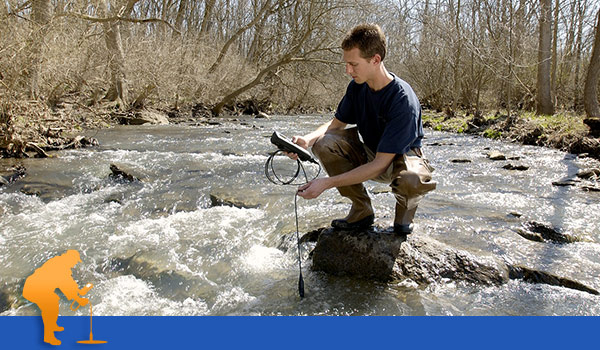
Led by the YSI’s Professional Series handhelds, sampling instruments have become lighter, faster, and easier to use, opening up opportunities for water quality measurements to a wider world of users. Pro Series meters are able to collect thousands of data sets allowing for fast, efficient collection and data management. A rugged waterproof casing provides protection from the harshest field conditions while the slim, ergonomic design makes it easy for a single user to hold – even if it’s wet. (Learn more, Rugged, Field-Proven Water Quality Meters | 3 Real Life Examples).
The Pro Series family pushes the benefits of the Pro Series even further by introducing digital smart sensors to handheld sampling. Digital sensors have the ability to measure up to 21 available parameters and their universal sensor ports make it easy to customize the perfect combination for any application. A full-color display screen with graphing capabilities makes it even easier to determine when measurements are stable.
Data management is also improved by going digital, with the ability to store over 100,000 data sets on the handheld. Optional GPS provides geotagged data for increased traceability. A built-in micro USB port allows for data export to a flash drive from the field or the lab. ProDIGITAL handhelds can connect directly to a PC to view or manage data with Kor Software. The built-in SmartQC feature ensures proper calibrations and top sensor performance.
With superior functionality and maximum versatility, our top-of-the-line digital sampling systems (ProDSS, ProSwap, and ProSolo) all feature rugged instruments, smart sensors, reliable cables, and powerful data management wherever your sampling takes you.
Water quality sensors have gotten smarter, smaller, and more rugged based on years of experience, development, and the yearning to provide our customers with the best instruments.